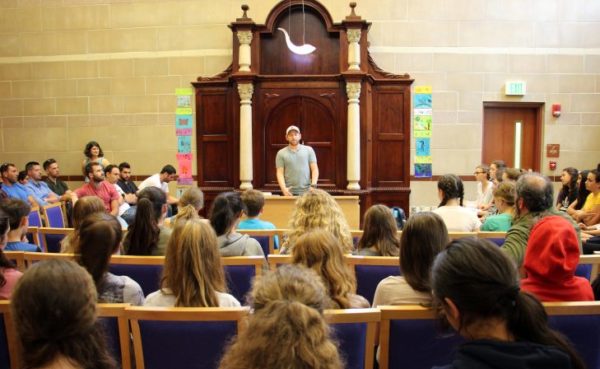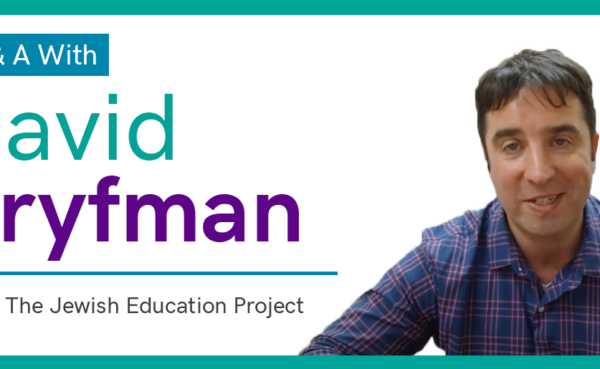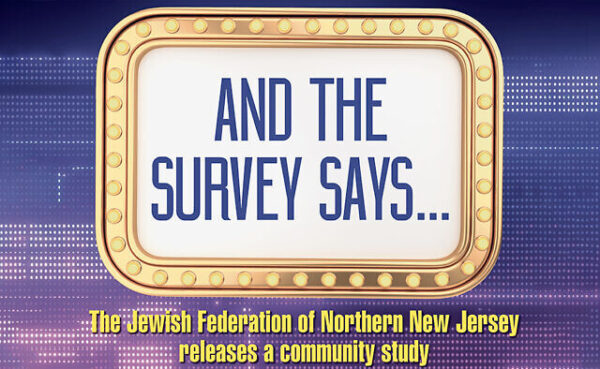
Asked and Answered: The Power of the Semi-Structured Interview
By Annie Jollymore, Senior Project Lead
“Human beings are meaning making machines.” Thus goes a truism that floats the halls of social science departments across the country. Researchers who collect social data from human beings by asking them questions must always be concerned with how they understand and make meaning from the world. Personal accounts of experiences do not have to reflect reality, per se, to be accurate accounts of how something was experienced. Qualitative data is very often about what people understand, more so than about what actually is. So, qualitative research instruments must make space for various interpretations to happen, and for the interpreting itself to be rendered visible.
At Rosov Consulting, most of our interviews are semi structured. We compose a list of questions, but we approach with flexibility the order in which they are asked, and even the ways they are asked. This allows for the respondent’s own interests and associations to direct the flow of conversation as much as possible, while still ensuring that all topics are covered. Because of the way people make and share meaning―and their innate desire to explain themselves―often very little needs to be asked for interview participants to reflect in expansive ways on their experiences and choices. Many people give all kinds of background information even when not asked, and experienced interviewers can begin to predict what they’ll be offered in response to a fairly general question.
As an example, in focus groups our team conducted last fall with parents of young children, we wanted to understand how people thought about their families as Jewish, and what they did that helped them think this way. We were interested in many aspects of families’ experiences, including their relationships with extended family, how other identities they claimed interacted with Jewish identity, and their relationship with various Jewish communities and institutions. We carefully constructed questions asking about each of these aspects of interest. Unsurprisingly, while it was useful to have numerous ways of asking about these matters, many parents touched on almost everything we were exploring while answering one of our first questions: whether and how they defined their family as Jewish, and why.
When people are asked a series of short questions, each getting at some specific piece of an inquiry, they have less control over shaping the narrative they present and are more likely to answer in bits and pieces. What can be missed here is the way participants themselves think about the underlying connections between those bits and pieces. In conversation, people rarely offer only specific facts but spend much of their time framing what they present and making implicit links between different ideas, thoughts, experiences, and/or feelings. They present worlds of meaning that may not have a chance to emerge in a series of more discrete, specific questions. Thus, the power of a semi-structured interview in which people are given a general topic or question, and asked to speak about it, is that they embed the details they offer in larger narratives that hold clues not only to what they think and experience, but also their larger worldviews, their understandings of cause and effect, and other broader orientations that offer deep context to some of the specific responses they offer. It can be difficult for both researchers and sponsors of research to keep this in mind as they respectively develop and approve interview guides—specific research questions and interests can easily eclipse our wisdom about how people make sense of things in real time. Therefore, while we as researchers ask the sponsors of our work to trust the semi-structured approach, we must also always be particularly mindful about how people make meaning and remain flexible in our approach to interviewing. In this way, we keep central research questions top of mind while allowing interview respondents to construct their own worlds of meaning through the process.




